Huawei’s P40 Pro is the company’s latest high-end smartphone, and features the recent Kirin 990 5G chipset, a 6.58-inch Full-HD+ OLED display with rounded edges, and dual front camera. Huawei tends to use the P-series models to showcase the company’s latest mobile camera technologies, and the brand-new P40 Pro, its P-series flagship device for 2020, is no different, with camera specs and features that any competitor will find hard to match. Let’s take a closer look.
Main camera
The primary camera comes with a very large 1/1.28″ 50MP Quad-Bayer sensor that produces 12MP image output. As with other devices with similar sensors, it uses pixel binning to increase dynamic range and low-light capabilities. The lens features an f/1.9 aperture and nominal 23mm-equivalent focal length; however, Huawei crops the field of view to a more conventional 27mm. This decision was presumably made in order to design a thinner camera unit, but it should also help with reducing such artifacts as corner softness and distortion. Optical image stabilization, which can be challenging to implement on such large image sensors, is on board as well.
Ultra-wide camera
Like with the Mate 30 Pro, Huawei implements a large and high-resolution image sensor (40MP 1/1.54″) in its ultra-wide camera, which combined with a fast f/1.8 lens, should make for excellent low-light image quality. The downside of such a large sensor in the ultra-wide is lens design. It’s a challenge to design a lens that provides a very wide angle of view and still fits into the thin body of a high-end smartphone. This is why Huawei settled on a compromise at 18mm, which is noticeably wider than the main camera, but not as wide as that of some competitors, such as the latest Samsung devices and iPhones, which offer 12mm and 13mm lenses, respectively.
Tele-camera
The P40 Pro’s tele-camera comes with similar technology to last year’s P30 Pro. The module is optically stabilized and uses folded optics to achieve a 5x optical zoom factor (125mm equivalent).
“Field-of-view fusion” zoom
The P40 Pro doesn’t rely just on hardware alone for zooming, however. Like the P30 Pro, the P40 Pro uses software systems which Huawei calls field-of-view fusion and AI RAW, a combination of optical and algorithm-powered digital zooming that adapts to the chosen magnification factor. Only the primary camera is used for up to 2x magnification; the tele-camera takes over from 5x and longer. For intermediate zoom factors, the P40 Pro uses a fusion algorithm that combines image data from both cameras, merging several RAW frames from the main and tele cameras into one high-resolution frame, which is then cropped for zooming.
For optimal detail, the 5x tele-cam records image data at the center of the frame; it uses AI-refined image data from the primary camera to fill in the “missing” image areas around the edges. A deep learning algorithm improves detail on fine patterns and textures—quite an impressive feat, considering that autofocus, white balance, and other image parameters of both cameras all have to be in perfect sync for good results.
At the long end, the camera is capable of achieving a 50x zoom factor using a combination of optical zoom and super-resolution processing that stacks multiple RAW frames from the tele-cam.
Improved bokeh mode with AI RAW and super-resolution
While the P30 Pro used AI RAW only for zooming, the P40 Pro now applies the technology to most camera modes, including bokeh. This means that as with zoom shots, bokeh images from the new model offer a wider dynamic range. The camera uses the 50MP high-resolution sensor and an AI RAW-powered super-resolution algorithm to generate an image with a 54mm-equivalent focal length and very good detail rendering. Data captured by a time-of-flight (ToF) laser measures the distance to objects in the scene, and is then used to confirm and fine-tune the initial depth-map that the primary and super-wide cameras generate.
Improved white balance and color rendering with multispectral sensor
The P40 Pro also comes with a new white balance system that uses a semantics-based neural network and data-driven methods for more accurate white balance. The system also gets help from a multispectral sensor that can measure specific colors more accurately than the image sensor.
Autofocus with dual phase detection on all sub-pixels
The new autofocus system comes with dual phase detection on all sub-pixels and can use all pixels for autofocusing. In low light, the system also makes use of subject distance information that the ToF laser sensor captures.
Key camera specifications:
- Quad camera setup, including ToF sensor
- Primary: 50MP 1/1.28″ sensor (12MP output), 23mm-equivalent (1x defined as 27mm) f/1.9-aperture lens, full-pixel Octa-PD, OIS
- Ultra-wide: 40MP 1/1.54″ sensor, 18mm-equivalent f/1.8-aperture lens, PDAF
- Tele: 12MP 1/3.56″ sensor, 125mm-equivalent f/3.4-aperture lens, PDAF, OIS
- ToF 3D depth-sensing camera (78-degree FOV)
- LED flash
- 4K video, 2160p/60fps (2160p/30fps tested); default is wide-angle camera 1080P/30fps
- Multispectral color temperature sensor
Please note: The Huawei P40 Pro was tested with European firmware which by default has AI set to off. In other regions the feature is activated by default. The camera firmware used for the DXOMARK tests is not yet currently available to consumers. Huawei will make it available as an update in the near future. Please also note that because of COVID-19 restrictions in France, we were limited in shooting a more thorough series of outdoor photographs that normally would be included in the review.
About DXOMARK Camera tests: For scoring and analysis in our smartphone camera reviews, DXOMARK engineers capture and evaluate over 1600 test images and more than 2 hours of video both in controlled lab environments and in natural indoor and outdoor scenes, using the camera’s default settings. This article is designed to highlight the most important results of our testing. For more information about the DXOMARK Camera test protocol, click here. More details on how we score smartphone cameras are available here.
Test summary


At 128 points, the Huawei P40 Pro achieves an impressive new top score in the DXOMARK camera ranking, leaving even the best competitors in the dust. Its Photo score of 140 is also an impressive new record, based on an impeccable performance across all sub-categories.
The main camera offers a very wide dynamic range and class-leading texture/noise balance, making it an excellent option for shooting in any condition, from challenging high-contrast scenes to very low light. The zoom is particularly impressive, and the 5x tele-camera in combination with the main camera, along with innovative computational methods. achieves outstanding detail and low noise levels across all tested zoom factors. At the other end of the focal length spectrum, the P40 Pro’s ultra-wide camera offers the best image quality we have seen on an ultra-wide, with excellent dynamic range, very good detail, and low noise. The only downside is the ultra-wide’s 18mm focal length, which does not let you squeeze quite as much scene into the frame as many direct competitors (and therefore lowers the Wide score).
Bokeh mode also does an excellent job, with good subject isolation and pleasant bokeh shape, as well as very good image detail and dynamic range. The phone’s autofocus system is one of the best we have tested to date, delivering flawless performance in all tested lab and real-life conditions.
But the P40 Pro is not only an outstanding smartphone for still image capture. At 105 points, it also tops our ranking for Video. Like for stills, the camera does not show any real weaknesses in any of the test categories and is either the best or among the best in all of them. Video footage shows good exposure and wide dynamic range, with only some minor clipping in challenging high-contrast scenes; and as long as you are not recording under low tungsten light, white balance and color rendering are mostly accurate.
The P40 Pro renders detail pretty well, but we occasionally saw a loss of fine textures. Noise is very well under control in good light, but temporal noise becomes visible under low tungsten illumination. In addition, Video autofocus works as well as that for stills, delivering quick and reliable focus with good tracking, and the stabilization system effectively keeps things steady when walking or holding the camera still in your hands.
Photo scores explained
The Huawei P40 Pro achieves a Photo score of 140 points, making it the best device for still images to date. The Photo score is calculated from sub-scores in tests that examine different aspects of a device’s performance for still images under different lighting conditions. In this section, we take a closer look at how these sub-scores were determined and compare image quality against some key competitors.

Exposure and Contrast
Huawei P40 Pro
98
The P40 Pro delivers very good exposure in almost any situation, from bright outdoor shots to low light scenes, and achieves the best score for Exposure to date. Dynamic range is one of the camera’s major strengths, capturing good detail in both highlight and shadow areas of the frame. In the high-contrast comparison below, you can see that the P40 Pro manages to capture good detail in the clouds in the background while also showing good shadow detail. The Oppo image shows noticeable highlight clipping, while the Mi 10 Pro clips the sky in its entirety.
Target exposure tends to be spot on; only in some outdoor scenes did our testers observe some very slight underexposure. On the plus side, the exposure system also deals very well with portrait shots. In the indoor scene below, exposure on the face is very good while preserving a lot of detail in the bright background. Both the Oppo and Apple produce a darker exposure on the face without achieving better detail in the background.

Color
Huawei P40 Pro
88
The P40 Pro’s new AI-powered white balance system and multispectral sensor do a good job and color is generally pleasant for most outdoor and indoor scenes.
This said, white balance casts can occasionally become visible. As in the portrait below, some shots show a slightly reddish cast, but our testers also observed a slightly cool/blueish cast in some scenes.
Huawei’s new autofocus system with dual phase detection on all pixels did an outstanding job in our tests, making the P40 Pro’s autofocus the best we have seen on any device tested to date. Performance is flawless in all conditions, from bright outdoor scenes down to very low light, and our testers did not find any autofocus issues in either real-life shots or during our lab tests.
In the lab, the autofocus is very quick and consistently achieves accurate focus in all light conditions. The P40 Pro autofocus locked on immediately and very reliably for both short and long delays after defocusing the camera.

Texture
Huawei P40 Pro
84

Noise
Huawei P40 Pro
81
Both Texture and Noise scores are among the very best of all devices tested to date, and in terms of texture/noise balance, the P40 Pro is the clear number one, thanks to excellent detail and very well-controlled noise in all light conditions. All three devices render fine detail very well in the outdoor shot below.
When capturing the indoor scene below, both the P40 Pro and Oppo Find X2 Pro control image noise very well, but luminance noise is quite noticeable in the iPhone 11 Pro Max image. Our lab tests confirmed this impression, with the P40 Pro and Oppo performing on a very similar level across most of the lighting scale. The iPhone produces consistently higher noise levels at 100 lux and darker.
The Huawei P40 Pro controls all kinds of image artifacts very well and deservedly achieves a very high score for this category. We deducted some points for a local loss of sharpness, color quantization, ghosting, and color fringing, which you can just about see in the sample below, but you’d have to look very closely to spot any of these effects in a real-life image.

Zoom
Huawei P40 Pro
115
The P40 Pro uses very similar tele-camera hardware to last year’s P30 Pro, but Huawei has improved the processing and software. The results of these improvements are easily visible, with the P40 Pro zoom blowing the rest of the competition pretty much out of the water and setting a new record for the Zoom category.
When zooming, the Huawei camera is capable of recording higher levels of detail than competing devices at all zoom ranges while keeping image noise well under control. The difference between it and the Xiaomi Mi 10 Pro (which comes with a dedicated 2x tele), and especially between it and the iPhone 11 Pro Max, is quite noticeable in the 2x shots below. This said, there is a noticeable loss of detail towards the edges of the frame in medium-range shots, caused by the image fusion algorithm. (Click on the thumbnails below to open the full-size image to better see this effect.)
The advantage of the P40 Pro becomes even more visible at longer zoom distances. The indoor shots below were taken at a 5x zoom factor. The Oppo image and especially the Apple image show a strong loss of detail, while the Huawei camera still manages to maintain good detail on the fine textures in the background.
The P40 Pro also does very well for Bokeh mode. Images captured in portrait mode show good subject isolation with only occasional small errors around the foreground subject. Further, its bokeh has a realistic shape, and background highlights are nicely shaped as well. Detail is also very good and noise levels low.
Thanks to improved processing, the P40 Pro bokeh mode now also benefits from a wider dynamic range, making it more suitable for use in difficult high-contrast situations than previous iterations. This is visible in the outdoor shots below, where the P40 Pro is capable of maintaining better detail in the bright background than the comparison devices. It also delivers the best detail-to-noise balance among the trio.
The results are very similar for the indoor scene below. The P40 Pro image has a noticeably wider dynamic range and better detail than the Oppo and Xiaomi shots.

Wide
Huawei P40 Pro
39
Thanks to a large image sensor in the ultra-wide camera and refined software processing, the P40 Pro is capable of capturing ultra-wide images with excellent texture/noise balance in all conditions. Dynamic range is very wide, there is no corner softness and distortion, and other artifacts are also well under control. Overall ultra-wide image quality is far above the competition, but the camera has one important limitation—its maximum field of view is noticeably narrower than that of many competitors. In the comparison below, you can see how both the Oppo (16mm) and the iPhone (13mm) manage to squeeze more of the scene into the frame than the P40 Pro. On the plus side, distortion is least noticeable on the P40 Pro.
This indoor portrait shows that the P40 Pro ultra-wide camera captures cleaner shots with better detail than the competition. Both the Oppo and Apple iPhone show lower levels of detail and noticeably more luminance noise than the Huawei.

Night
Huawei P40 Pro
70
The Huawei P40 Pro achieves a new top score in the Night category, thanks to outstanding performance across all sub-tests. The flash usually triggers for portraits captured in flash-auto mode and images show good exposure and dynamic range. Exposure is not only good on the subject’s face but also for the background. It appears Huawei is using a frame-stacking algorithm with flash shots to achieve this. The Honor V30 Pro in the comparison below uses a similar approach, but the background is almost completely dark in the Oppo shot.
With the flash switched off, exposure is accurate and highlight detail is well maintained, thanks to a wide dynamic range. Images also show high levels of detail and low noise.
The P40 Pro also comes with a dedicated night mode. In the comparison below, it is capable of achieving much better exposure than the comparison devices, along with decent color, but still has some room for improvement in terms of texture and noise.
The P40 Pro also does a very good job with the flash switched to the On setting. Images show a very good texture/noise balance, good exposure, and accurate white balance. Both exposure and white balance are also very consistent across a series of images.
Video scores explained
By default, the Huawei P40 Pro records 1080p video at 30 frames per second on its ultra-wide camera, although 4K video at up to 60fps is available on the main camera, with 4K/30fps offering the best results overall, so that was the setting we used for testing and scoring the P40 Pro’s video mode.
At 105 points, the Huawei Mate P40 Pro achieves the best Video score to date by one point. The overall Video score is derived from performance and results across a range of attributes in the same way as the Photo score: Exposure (88), Color (93), Autofocus (98), Texture (81), Noise (80), Artifacts (86), and Stabilization (96)
P40 Pro video footage shows generally good target exposure. Dynamic range is wide, but bright areas can still be clipped in very challenging scenes. Colors tend to be pleasant and white balance is generally accurate, earning the Huawei the new top score for Color. (Orange color casts can sometimes be visible when shooting in low light or under indoor tungsten light, however.)
Like for stills, the P40 Pro does well for texture and noise and finds a very good balance between the two attributes overall. It usually maintains detail well in most shooting conditions, with only a loss of fine detail in low light. Noise is well controlled in bright outdoor conditions, but temporal noise becomes visible in textured areas when recording in low light, especially when shooting under tungsten light.
Video artifacts are controlled very well and the Huawei achieves one of the best scores we have seen for this attribute. Some aliasing and moiré effects as well color quantization (especially in indoor conditions) can sometimes become slightly visible, but P40 Pro footage is very clean overall.
Autofocus performance is excellent in video mode. Focus is fast and accurate and provides very good subject tracking. The video stabilization is among the best we have seen as well and is very effective at counteracting walking movement and hand shake. On the downside, strong sharpness differences between frames can be visible when recording under typical indoor conditions and in low light.
Conclusion
We are used to seeing the top score in the DXOMARK Camera ranking creep up in one-point increments, with each new champion offering only marginal improvements over the previous number one. Things are different this time, though. The Huawei P40 Pro takes the top spot with a big bang, putting a four-point difference between itself and the previous joint leaders, the Oppo Find X2 Pro and the Xiaomi Mi 10 Pro.
The P40 Pro achieves an outstanding DXOMARK Camera score of 128 because it is either the best or one of the very best devices we have tested to date across nearly all categories. It is particularly impressive for Zoom, with shots across the zoom range showing better detail and lower noise than the competitors. The main camera comes with the best-performing autofocus system we have seen and offers the best texture/noise balance to date.
The P40 Pro’s image results when shooting at night and in very low light are also better than for any other device we have tested, and its portrait mode’s bokeh simulation is among the very best we have seen. In addition, the image quality of the ultra-wide camera is class-leading, with the P40 Pro’s Wide score only slightly subdued by the camera’s comparatively narrow angle of view. Oh, and it’s also the best device for recording video.
In sum, the Huawei P40 Pro’s camera blows the competition out of the water. If you want the best camera in a smartphone, there is currently no better alternative.
Photo
Pros
- Very wide dynamic range
- Good detail in medium- and long-range zoom shots
- Consistently fast and accurate autofocus in all conditions
- Excellent texture/noise balance
- Accurate exposure in night shots
- Good detail in bokeh shots
Cons
- Occasionally inaccurate color rendering and white balance casts
- Occasional slight underexposure in bright light
- Lack of fine detail in faces and strong chroma noise in night mode images
Video
Pros
- Very effective image stabilization
- Nice vivid colors in all conditions
- Fast and accurate autofocus with good tracking
- Wide dynamic range
- Good texture/noise balance in outdoor and indoor clips
Cons
- Temporal noise is visible in textured areas, especially in low light
- Difference in sharpness between frames often noticeable
- Slight white balance casts under tungsten lights


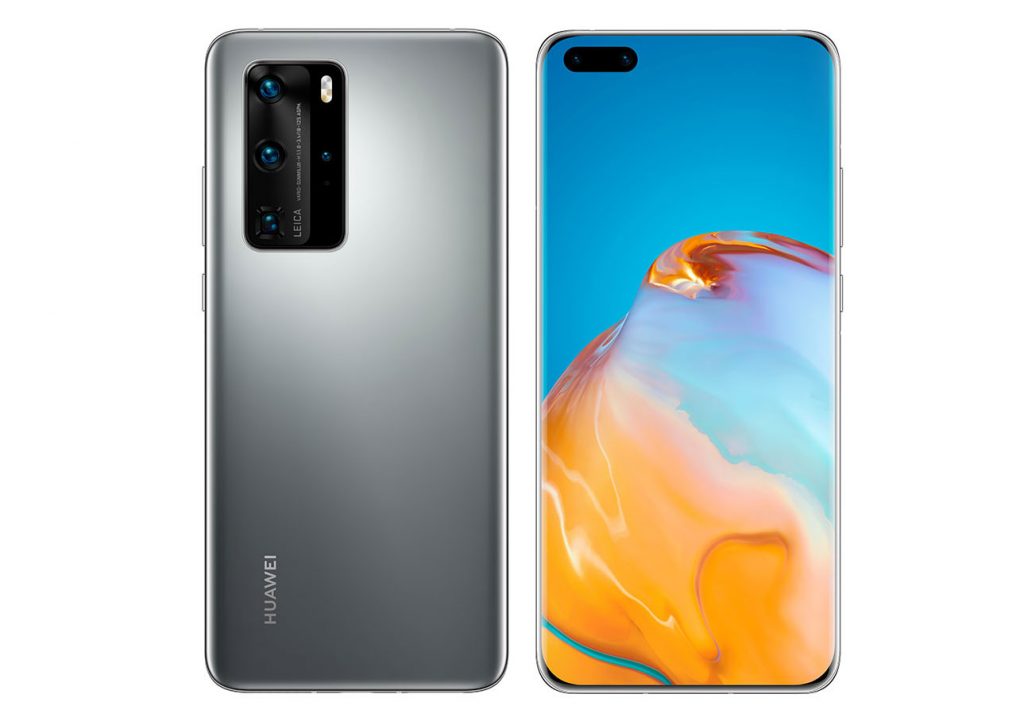
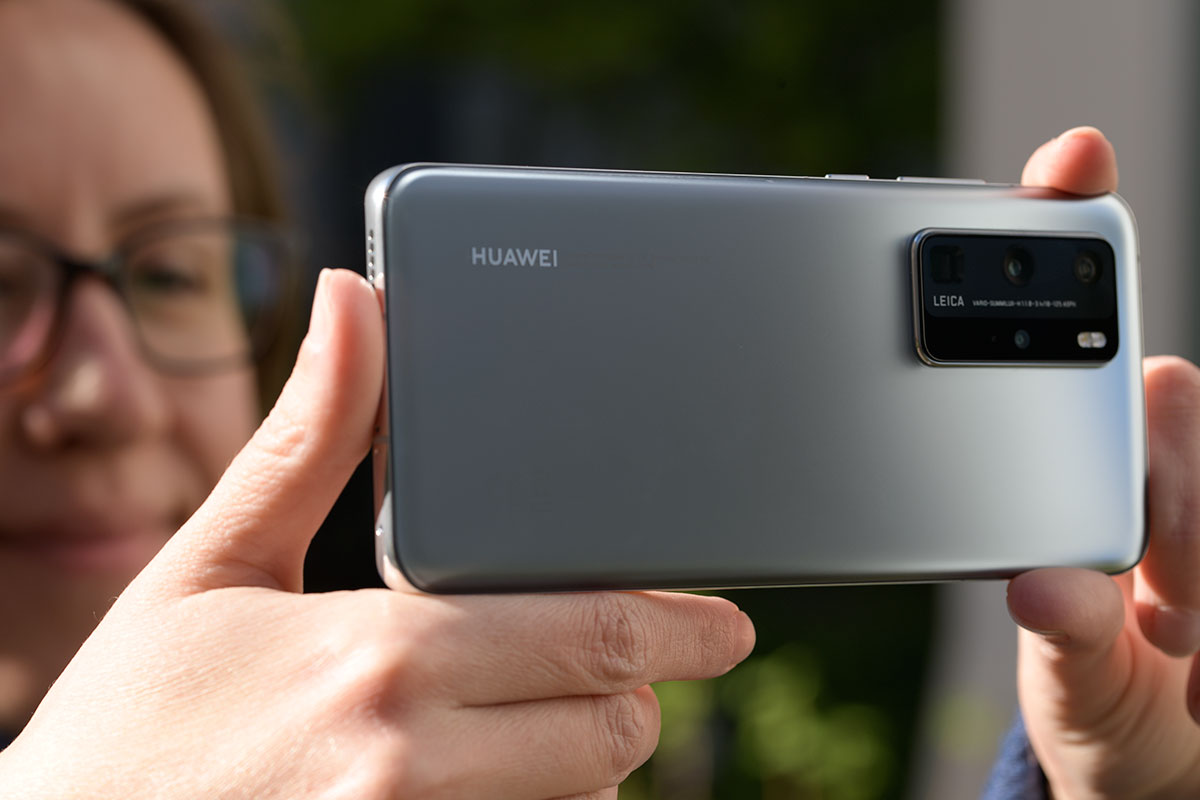
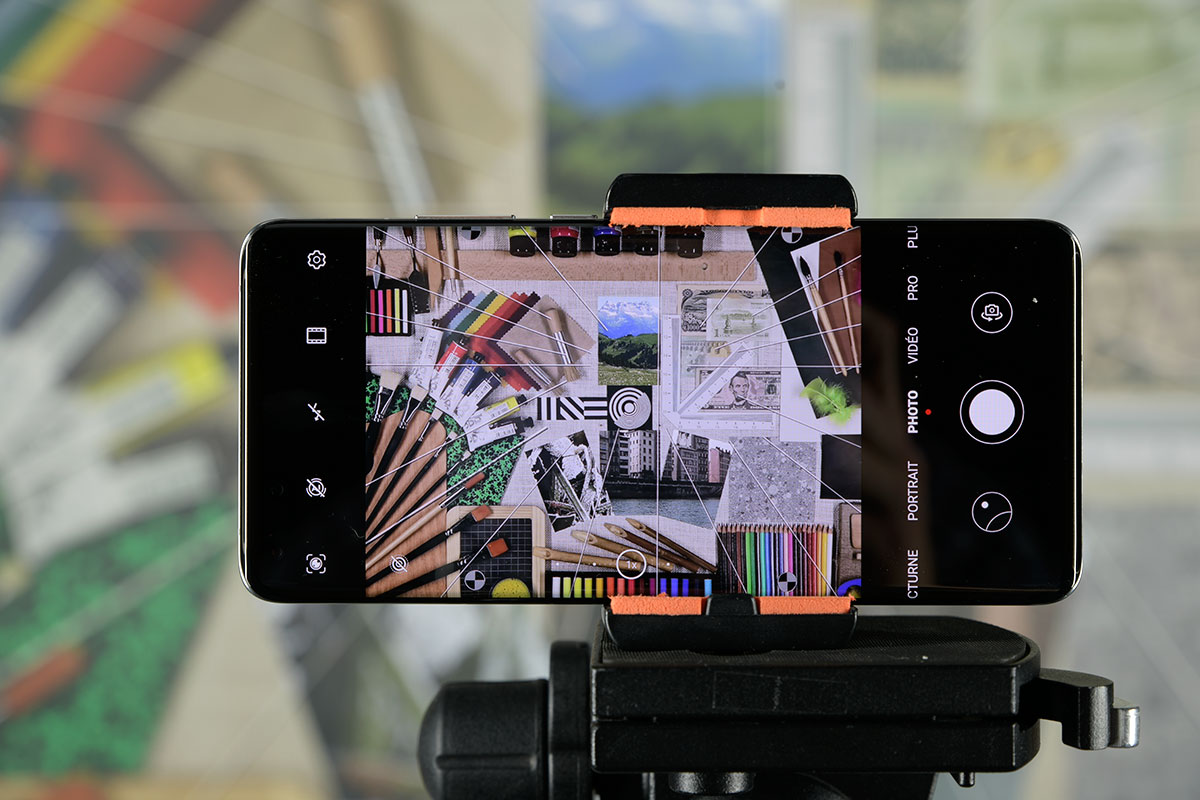



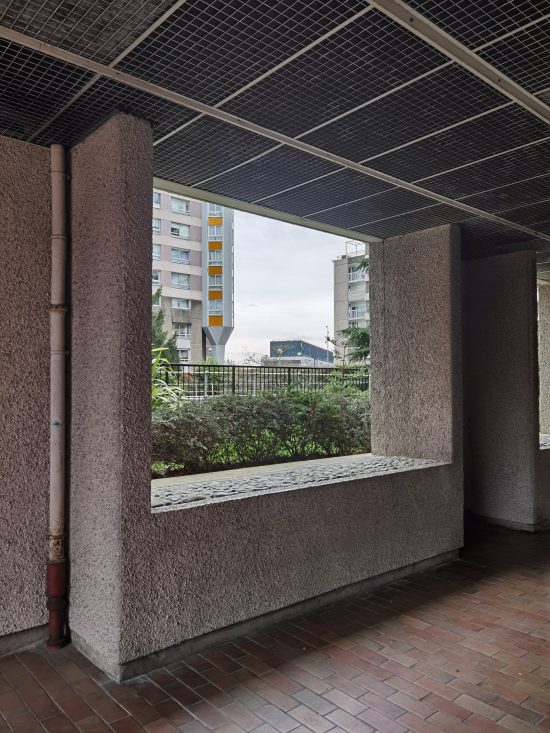
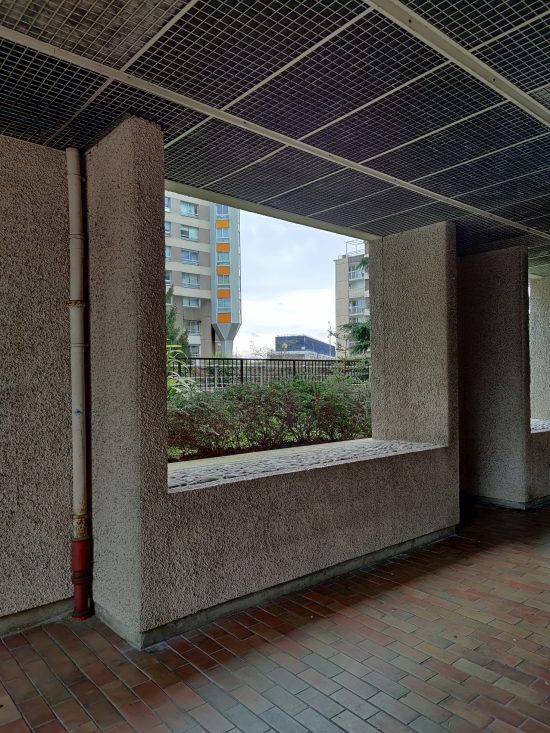
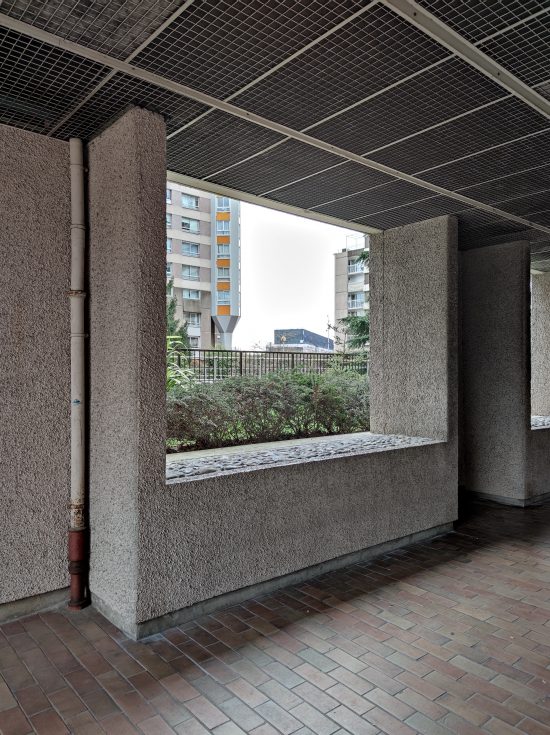



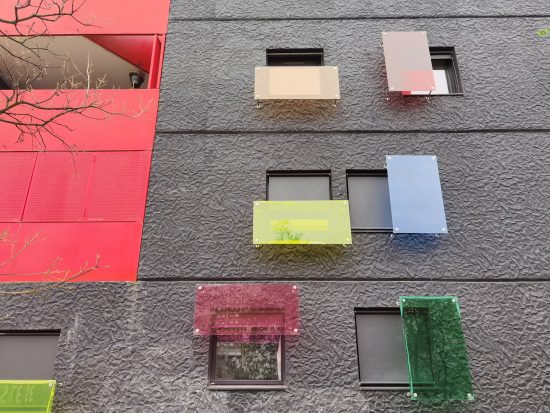
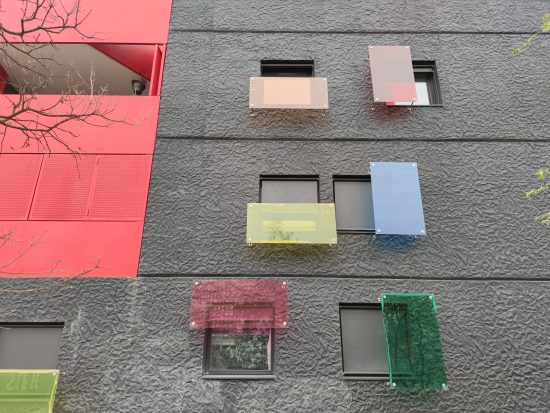


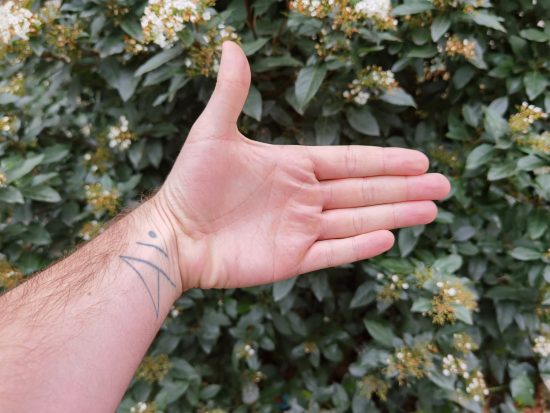

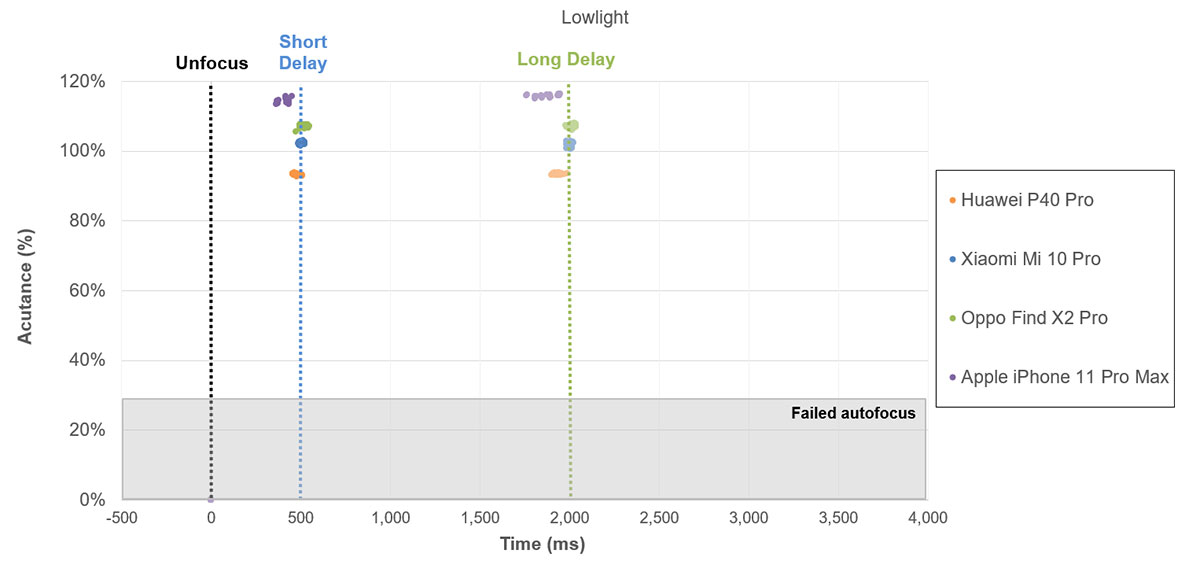
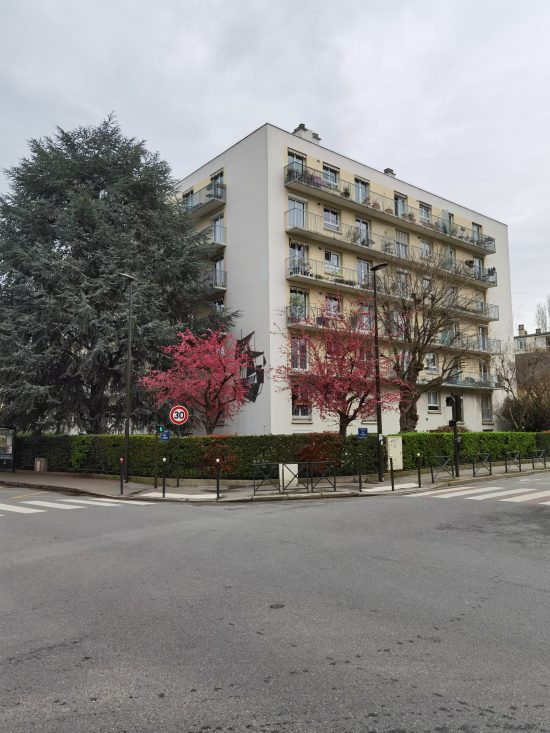
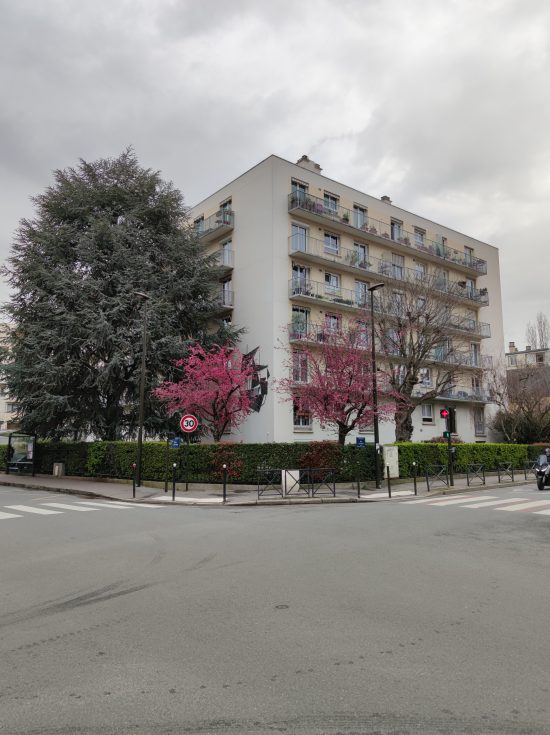
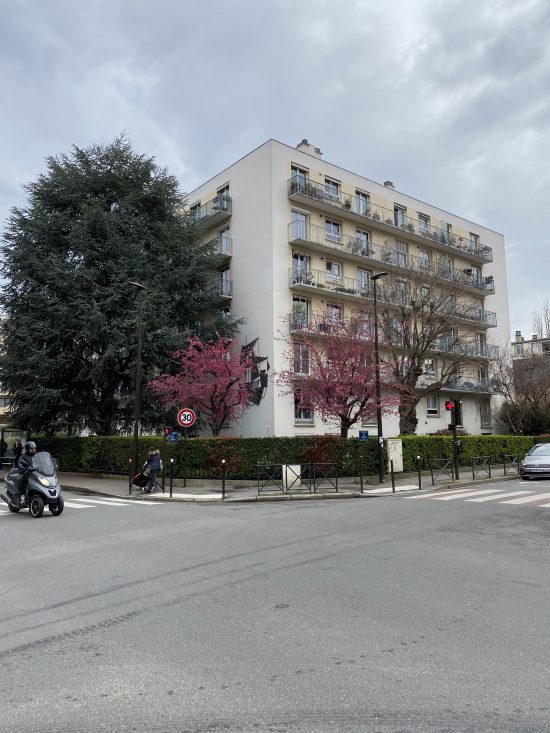
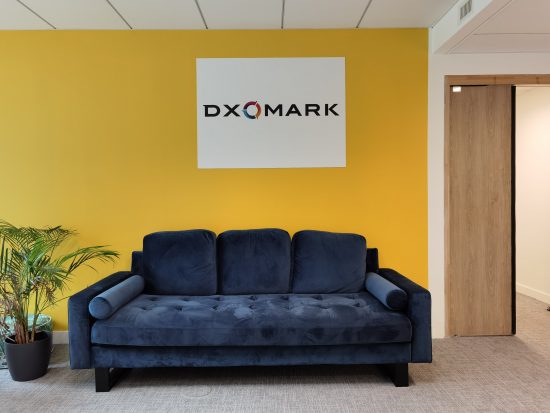
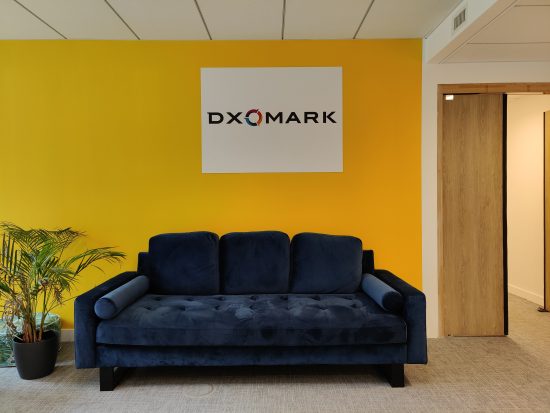
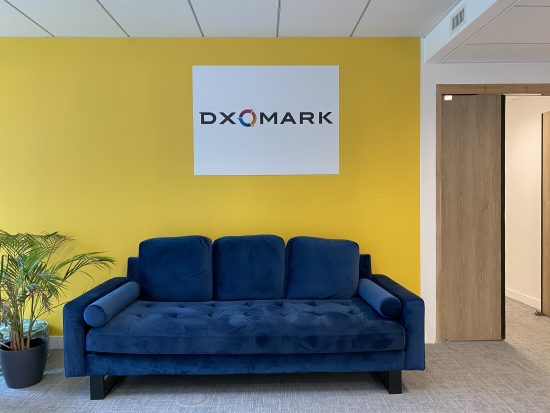
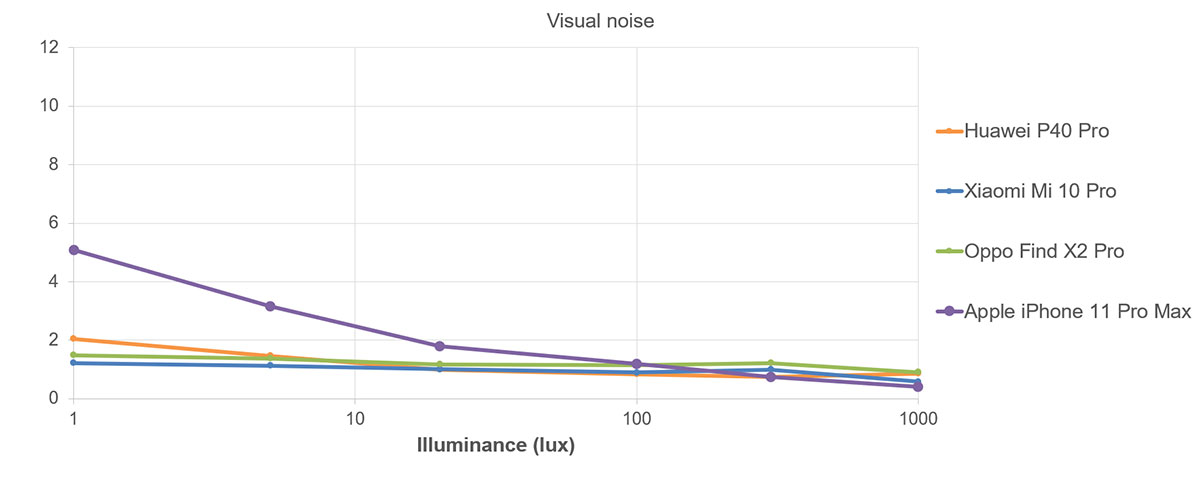

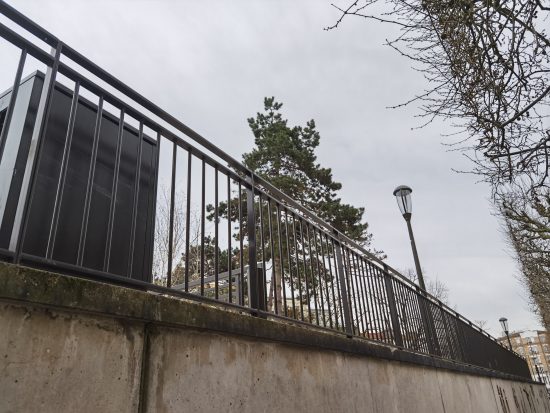


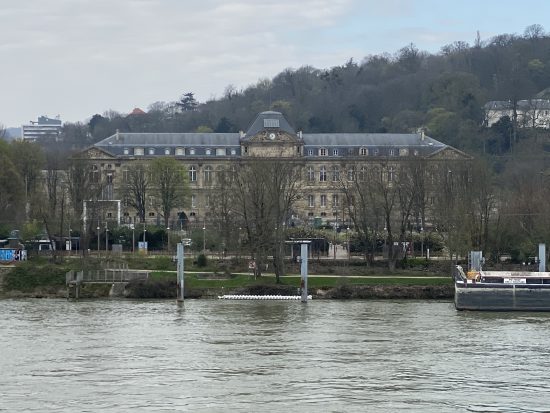
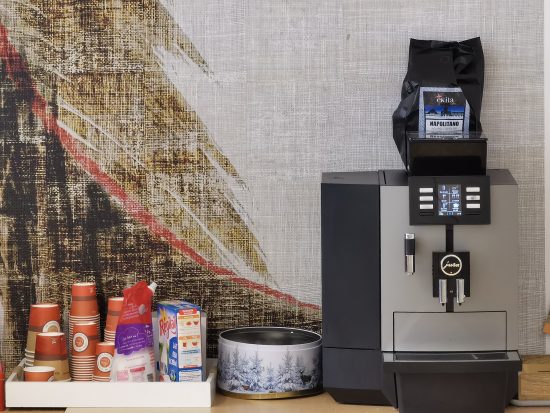
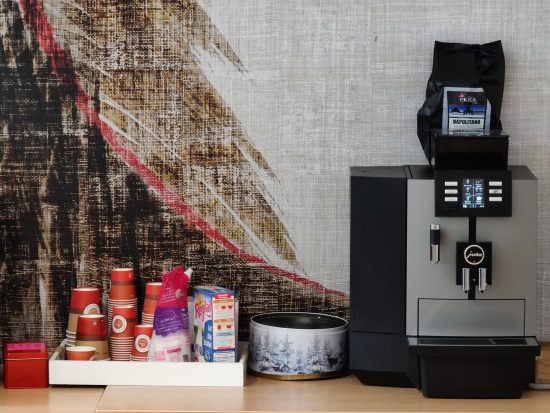
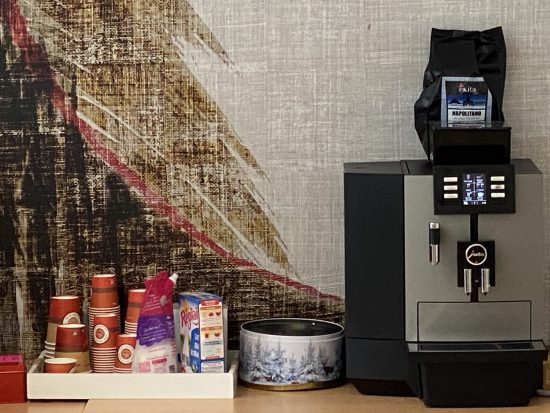







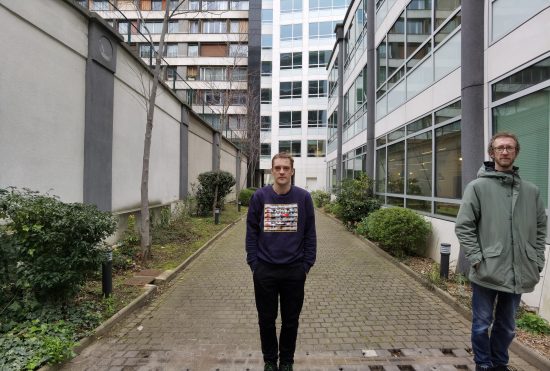

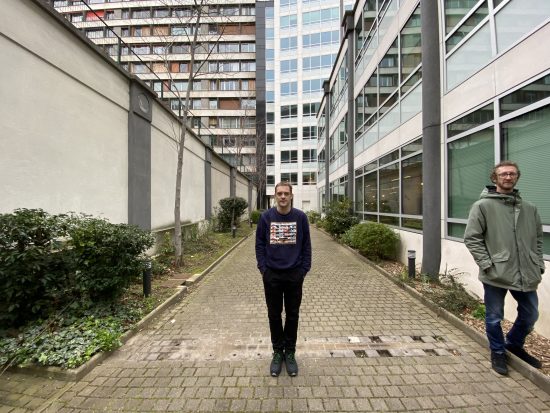
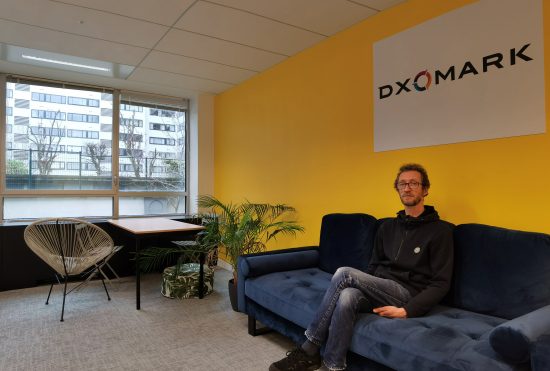





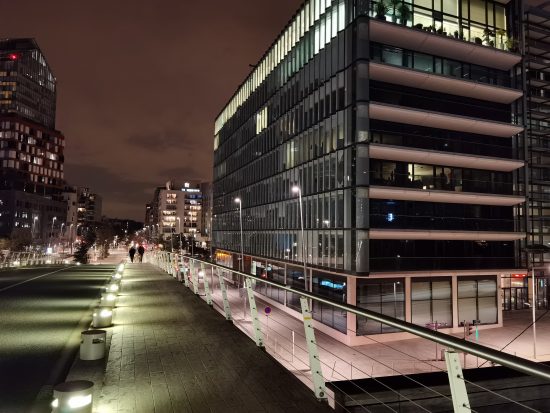
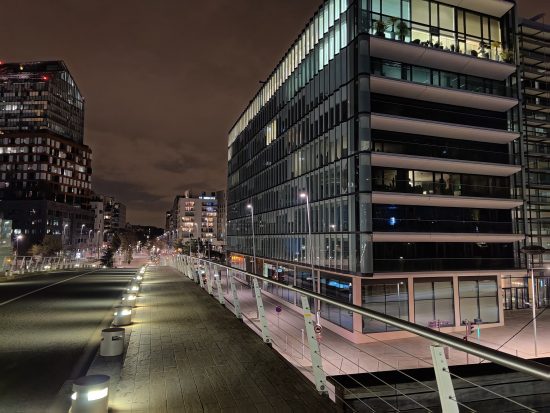
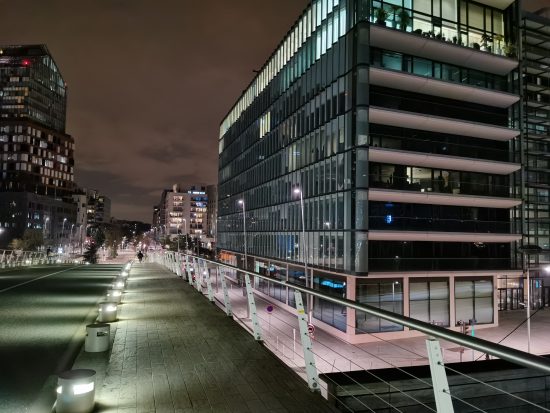
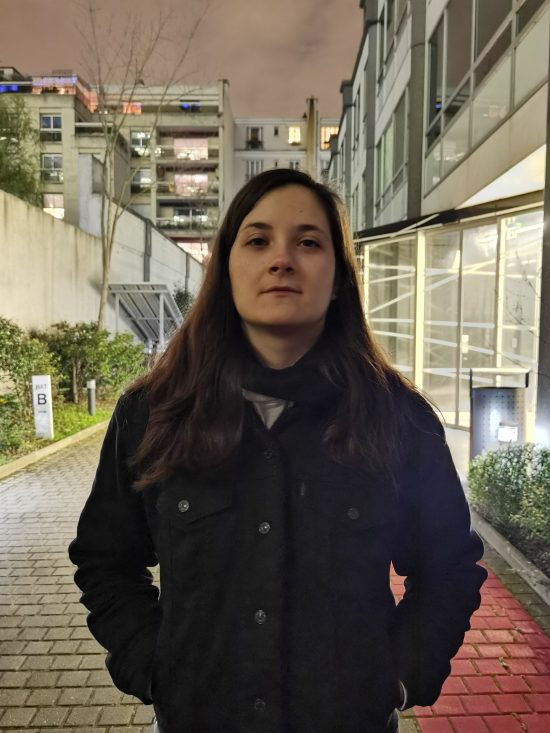


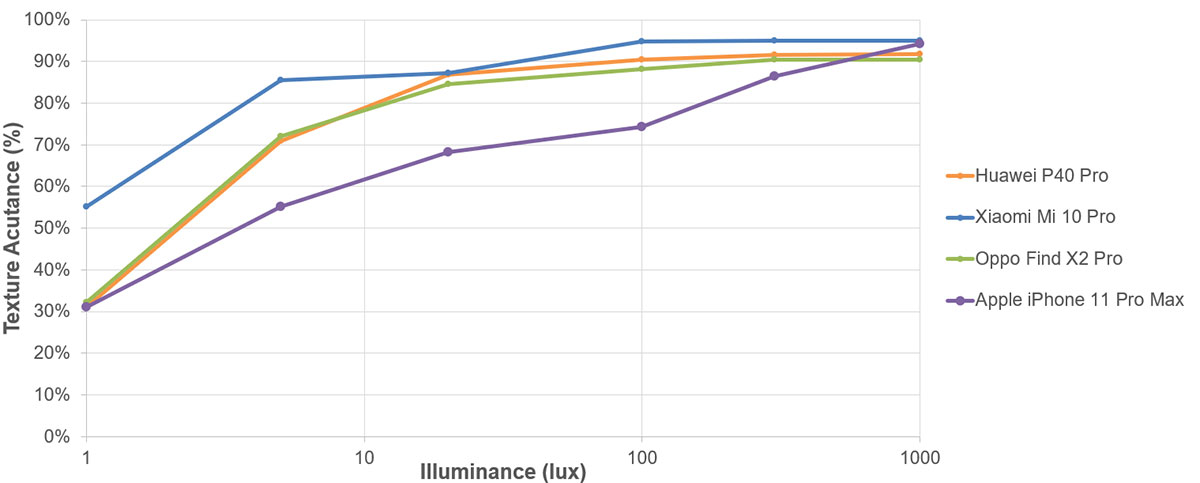
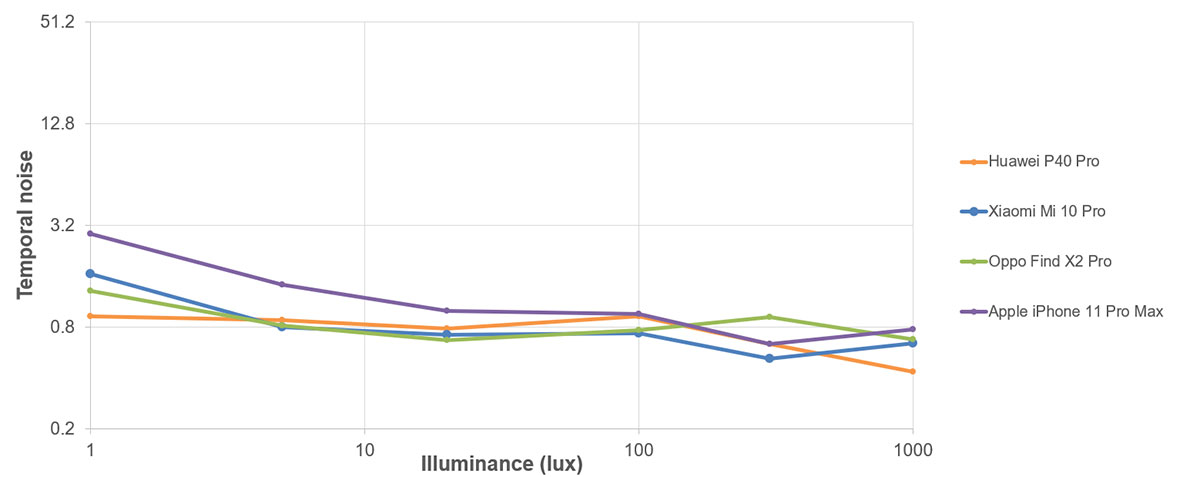
DXOMARK encourages its readers to share comments on the articles. To read or post comments, Disqus cookies are required. Change your Cookies Preferences and read more about our Comment Policy.